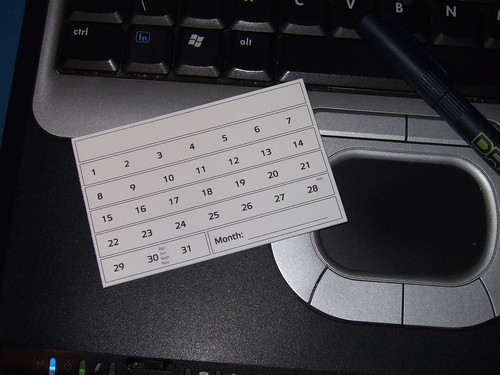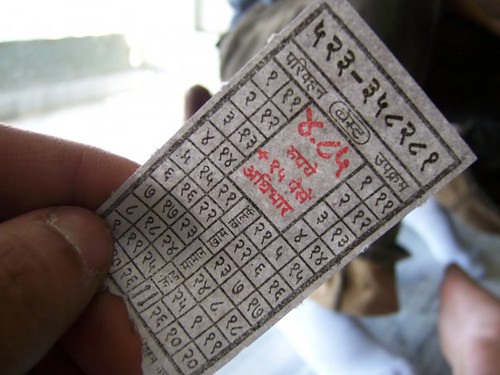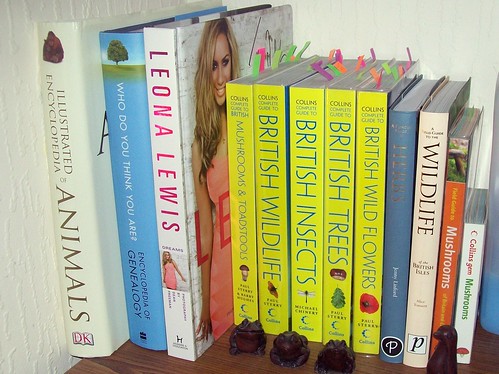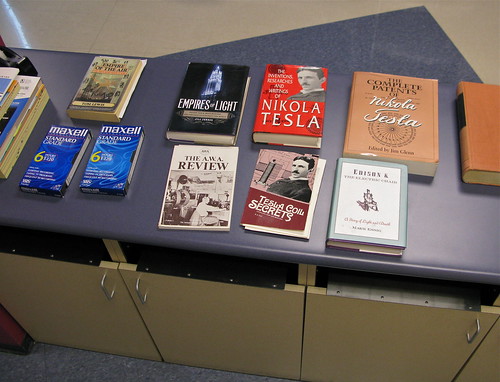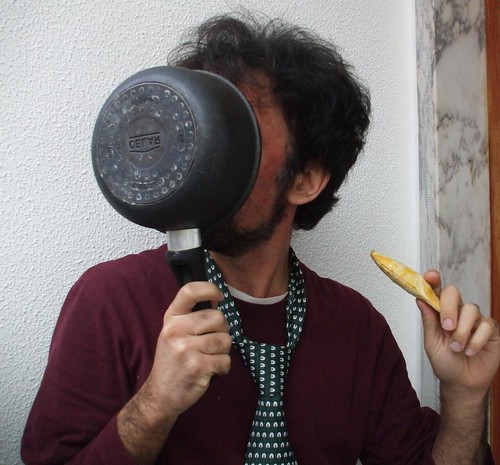You've heard of those (far out) outlines and profiles; those that specify hair color, eye color, habits, and speak about the details within each chapter, etc. But what I want to talk to you about today is
putting together a simple outline--one that will get you writing instead of researching.
While I think it's important to research a story, I know that it is
also easy to get stuck in the planning stage forever. That's why I like to use a simpler outline method.
 |
| Photo by Ed Yourdon, courtesy of Flickr |
It goes something like this:
Character
Start by thinking of your main character and the traits and physical characteristics that apply to them. Get a fairly good idea of who they are by
keeping your thoughts to one paragraph.
Setting
Now, take this character through a setting. Where would this character typically live
based on their traits and physical characteristics? Focus on the main setting; where the primary character usually frequents.
Plot
What is your main character's problem? What issue are they trying to solve?
When it comes to plot, you'll not want to make it easy for the character to succeed. Based on who they are and where they live, and their specific problem, you'll want to take the main character through some trials. In a book of say, 200 pages or more, e
xpect the main character to go through at least five episodes that they must overcome to face the next obstacle. If everything is smooth sailing through your book, you don't have a story, and you don't have a life. Think about your own life. Is it free of challenges?
How does your main character try to solve their problems? After listing the five challenges that must be overcome, list their accompanying solutions; solutions, by the way, that don't necessarily work, but lead the main character forward.
Ending
How is the problem finally solved? Is the answer realistic based on the trials that the character has already overcome? Endings are just as important as beginnings, probably even more so. Have you ever read a book and the ending seemed forced? Did you hate the ending because it didn't appear realistic? The right ending is important for your book, and based on the trials overcome, you should be able to place the main character in the right ending.
When it comes to outlining a book, we all have our ways of getting the information down. Some writers I know use magazine pictures for all the main characters of their book; others use a poster board for all of the chapters and scenes of the book. On the board they can move (with sticky notes) what is going to happen in each chapter. If they decide on something else later, they just move the sticky notes.
But I happen to favor this method. It's simple and to the point. Plus, you're not spending hours and hours organizing (maybe even getting burned out) before you write that first line.







